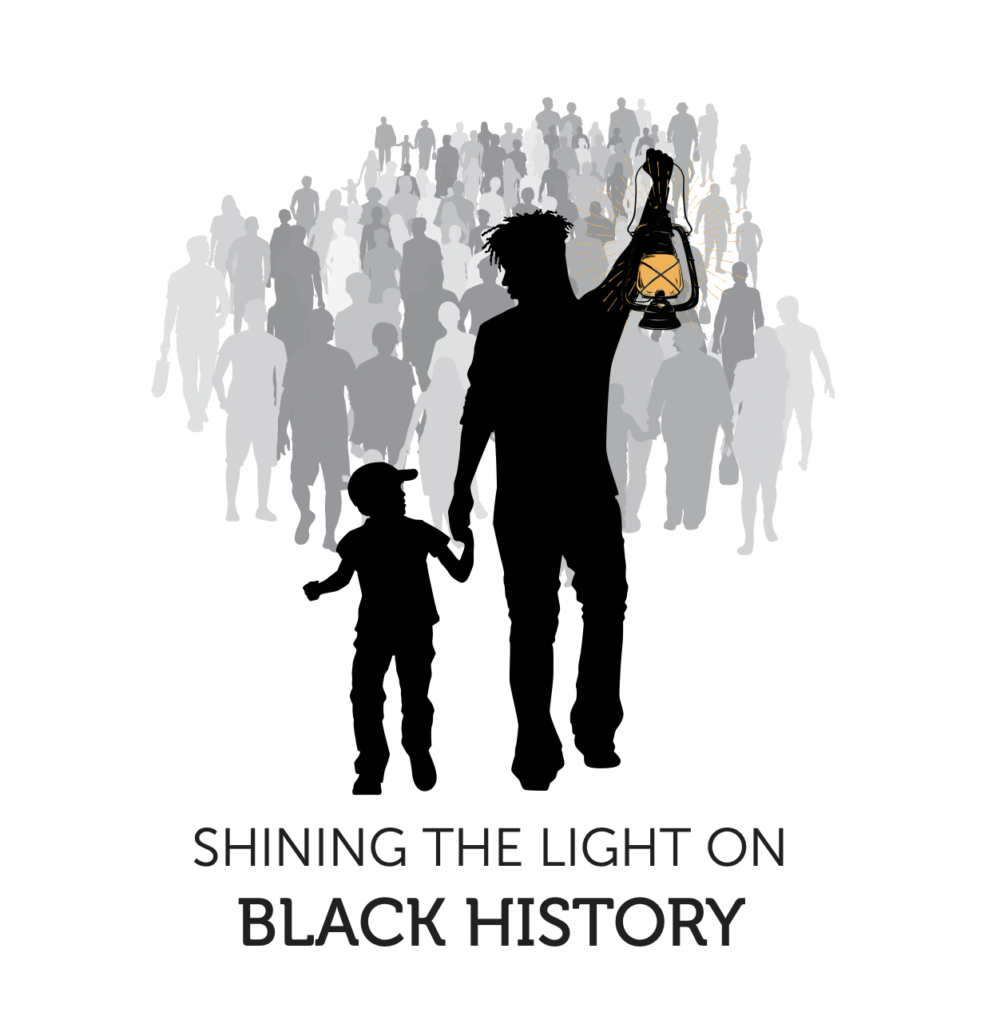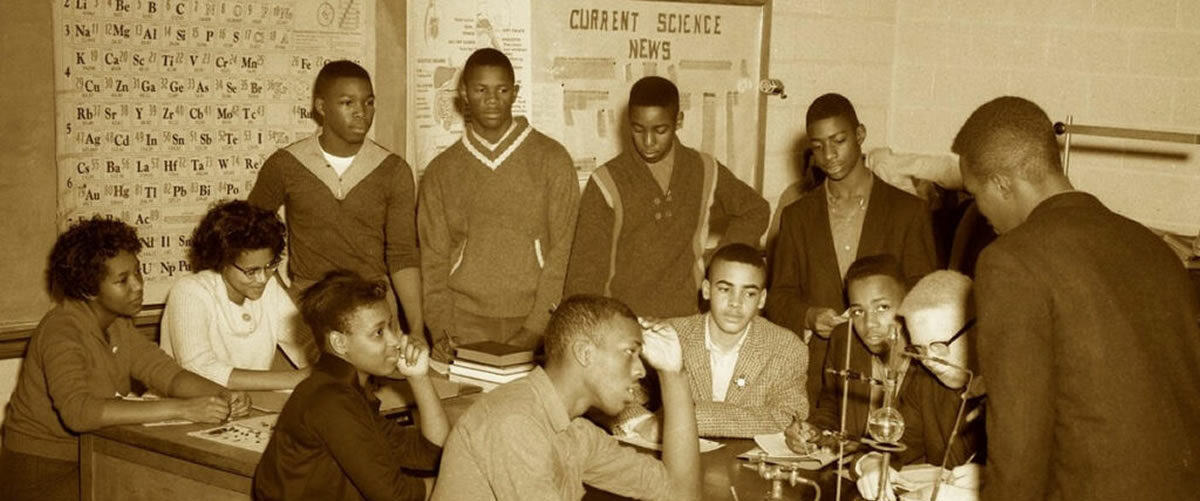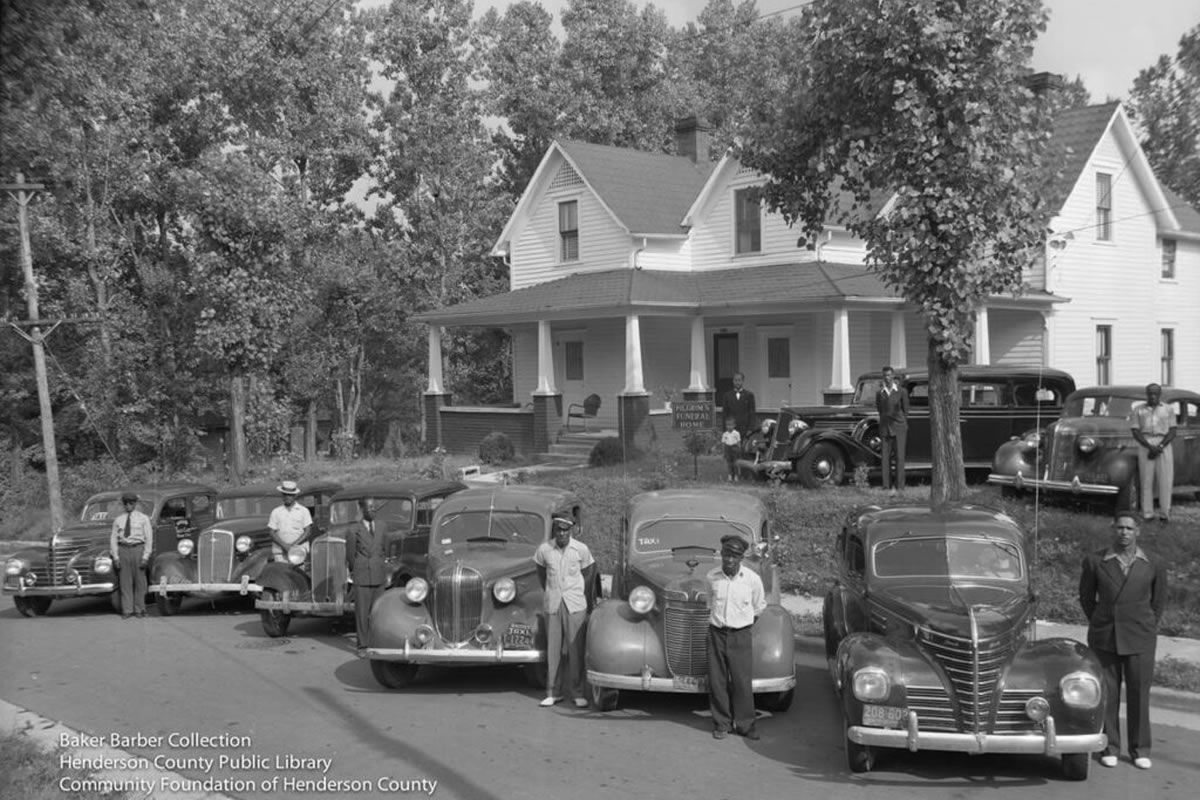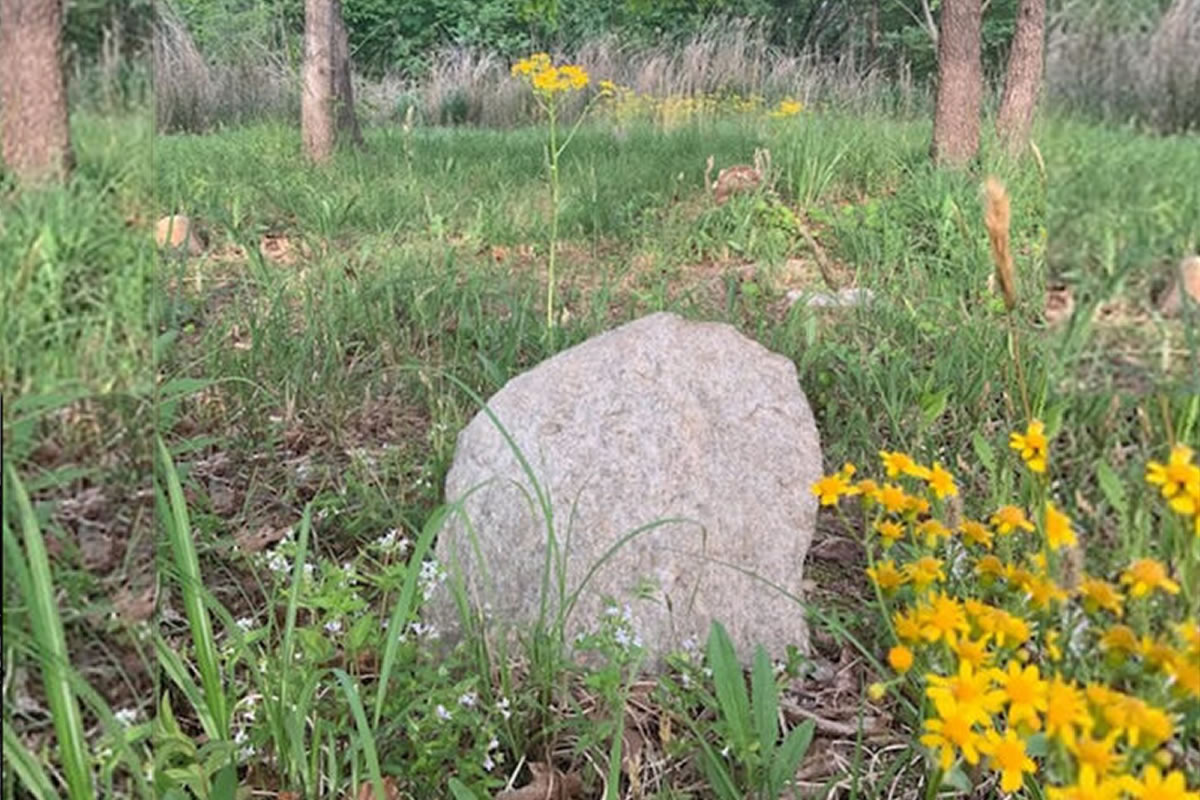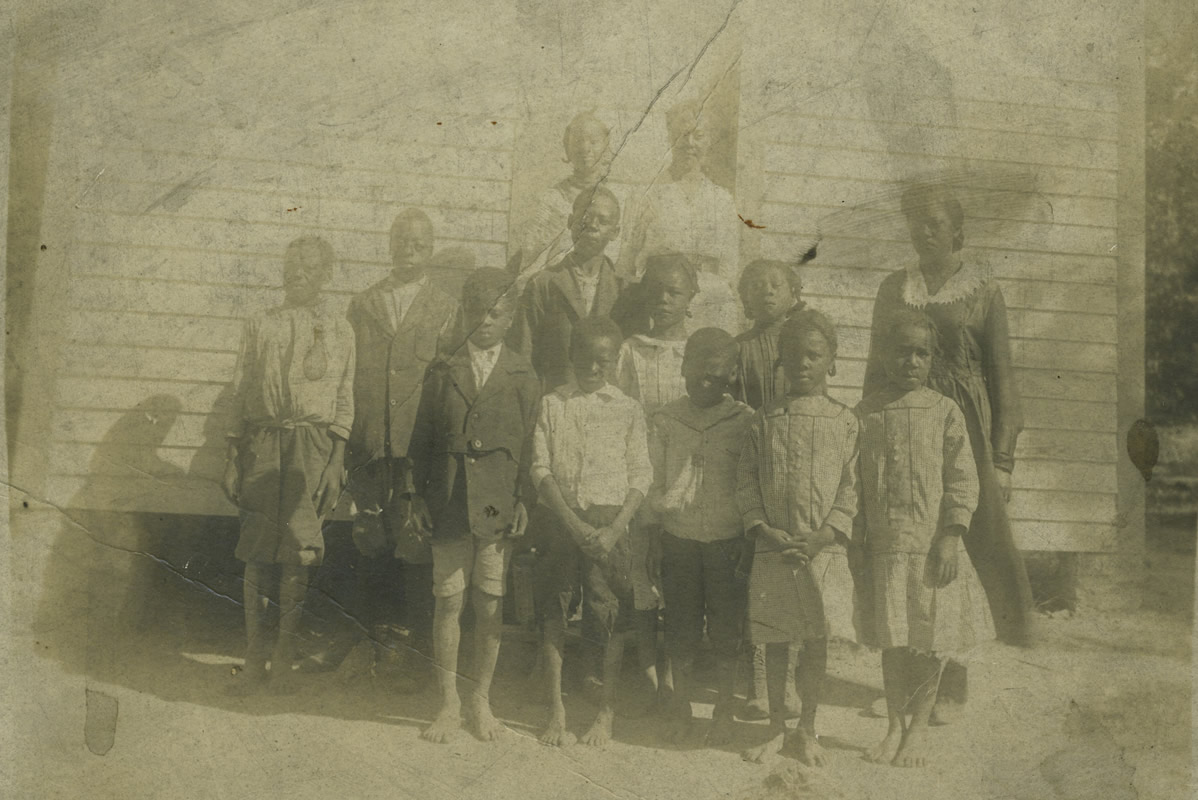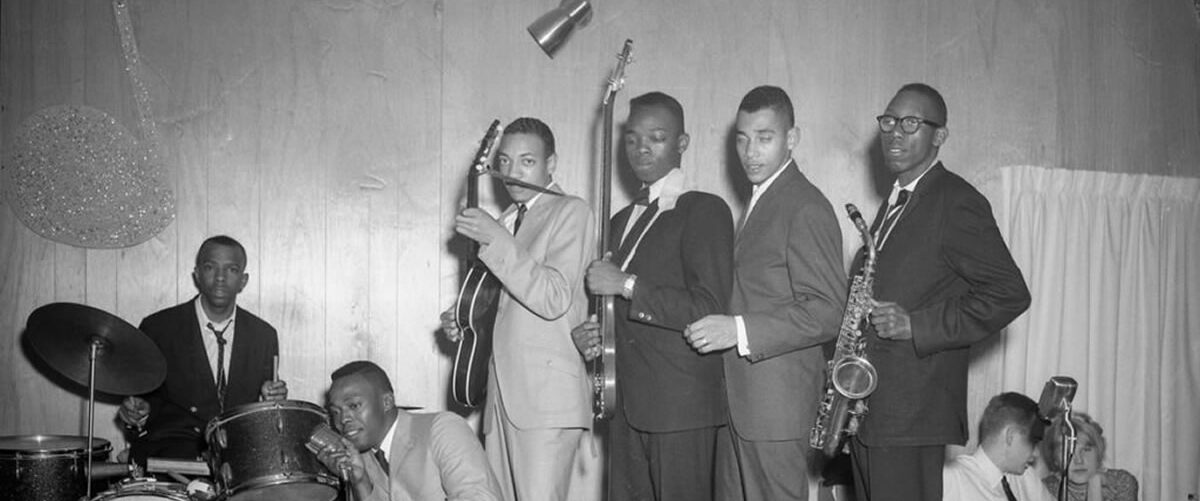Education in Henderson County From 1865 Until 1916
Although in theory Black schools were supposed to be equal to White schools, in reality they never received adequate funding.
There are very few records for the Henderson County schools relating to Blacks, but it appears that education for Blacks in Henderson County had been going on in some form since the end of slavery. In the 1880’s and 1890’s Luella Montgomery was said to have taught the children of the Happy Land to read and write by using Biblical stories and simple songs. In research done by Kirsten Mullen for the Black History Research Project, she states that “by the mid-1870’s Blacks were actively engaged as the guardians for the approximately 483 Black students enrolled in the public schools. A total of 40 volunteer ‘school committee men’ were unceremoniously appointed liaison to Edneyville, Blue Ridge, Hooper’s Creek, Hendersonville, Green River, Crab Creek, Mills River and Clear Creek Township schools in 1877.” However, these gains would not last.
At the Constitutional Convention of 1888, forces that were strongly opposed to the advances made by Blacks during the period of Reconstruction (especially in education and voting rights) began to assert their political power, resulting in many regressive laws in North Carolina. What resulted was the evolution of the principle of racial separation known as “separate but equal.” Localities, not the state, were given the responsibility to educate. This allowed many localities to simply ignore the educational needs of its Black citizens. “Separate but equal” came into practice in written form through the North Carolina legislative action known as the Act of 1901 and thus marked a turning point in education in North Carolina as well as in Henderson County. The momentum to separate the races in education that began in 1888 became established policy in Henderson County with the establishment of the Henderson County School District by the North Carolina General Assembly. This district was authorized to establish schools for “both white and colored” and for the appointment of a Board of Trustees to have “entire and exclusive” control. No tuition was to be charged students, ages 6-21, and non-resident students could be accepted on a “reasonable tuition charge.” This mandate also directed the school district to have a classroom and a teacher for each grade. This was the beginning of the graded school system in Henderson County, but not until the building of the Ninth Avenue School in 1951 would the graded system for Black students be observed. In 1901, faced with the dilemma of preparing Black teachers under segregation, the local Board of Education tapped Buncombe County native John Wesley Neill to conduct one of its first workshops that was mandatory for state certification at the time. Neill was a graduate of Howard University with a degree in theology and was both a teacher and a minister. It was said that he was assisted by a woman (her name is not remembered). Neill was said to be one of the “best woodcutters around,” an asset in a school that relied on wood heat. In 1902 Neill was appointed principal of the school, which was located on the present Ninth Avenue West. The Black schools were never funded proportionately to the White schools, so it is possible that some money for the operation of the school came from the Northern Presbyterian Church and the George Peabody Foundation. Rev. Neill served in the capacity of principal until 1909, at which time Professor W. M. Robinson was appointed principal by the Hendersonville Board of Education.
From A Brief History of the Black Presence in Henderson County by Gary Franklin Greene
